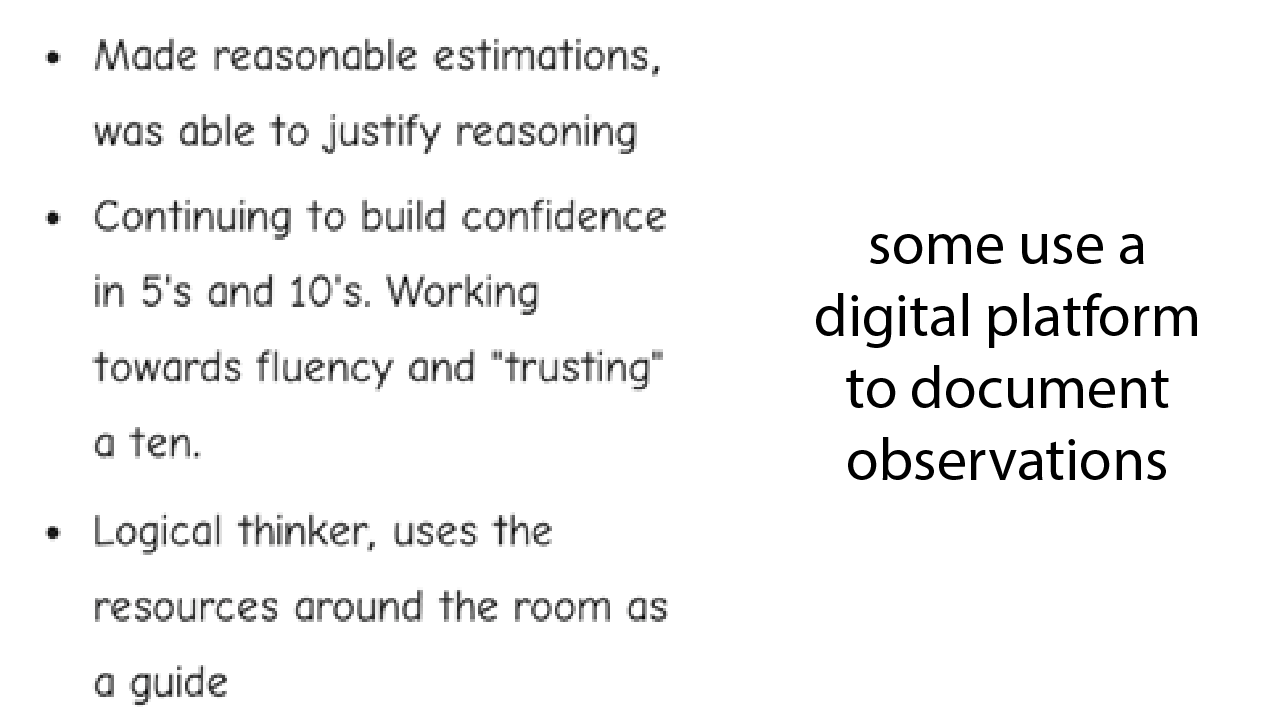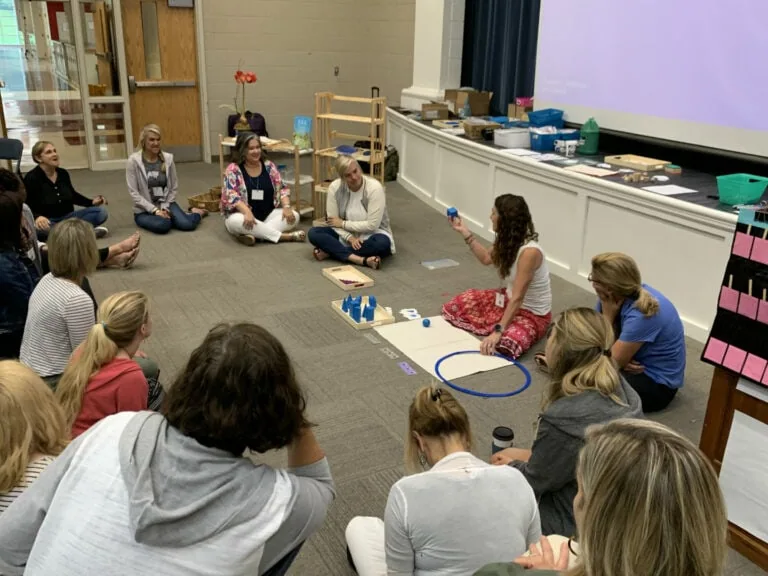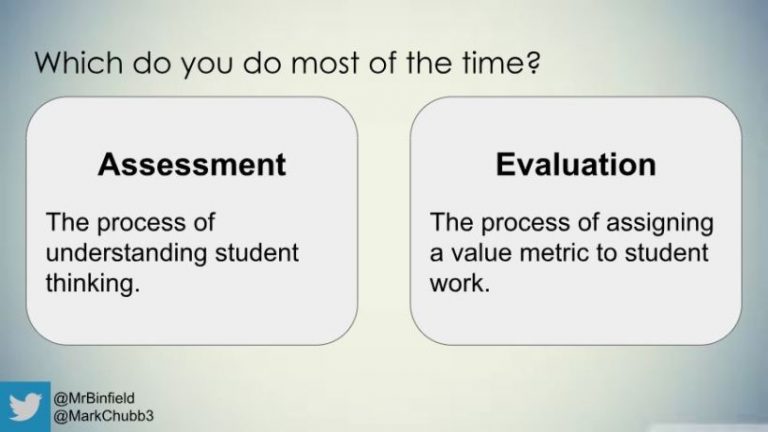By: Melissa Williams, Kindergarten Teacher at The Westminster School School in Atlanta,GA
The opportunity to collect valuable data is ubiquitous and boundless in the classroom. It is critical for teachers to be ready for those opportunities so they can not only collect the data, but further utilize it to provide insights into the student’s learning. Likewise, the data should also be employed by the teacher to enhance their mode of instruction.
The first steps in collecting data require knowledge of the standard and how the bigger ideas are developed. Once we have a clear understanding of this spiral, we can then look for appropriate evidence and decide the best way to organize this information.
1 Anecdotal Record Taking
For many teachers, a collection of this data looks like a notebook or large index cards with a student’s name on each. It may have dates next to observations, and milestones met. It may also include conversations with parents, other teachers’ comments, and quotes and phrases with vocabulary used to show strength or weaknesses with certain skills. This method of collecting information has stood the test of time because it is effective and beneficial when it comes to chronologically keeping track of progress. Some teachers have also used different digital platforms, (example: Padlet) to record these notes. Another option is journaling. This is a critical component in the think! Mathematics program and is a helpful tool for tracking student’s performance. Regardless of the method, this can only be effective if it is easily accessible.
2 Use of Pictures
In an age when phones are always close at hand, taking a snapshot of a child in the moment can provide invaluable insight into where he/she is developmentally speaking. The images provide a glimpse into how the child is thinking through the technique being used or the approach taken. It can also highlight misconceptions and reveal why a child is struggling with a concept.
These snapshots, which are taken in the midst of learning, exploring, and discovering, are vital to getting an all-encompassing look at where the child is in that moment.
Example of photos used during formative assessment:
In this sequence of pictures, the student was asked to take out 10 cubes. Then she was asked to count them. She struggled to count them accurately, so a 10 frame was put in place to help her. In the last image, she was asked to take away 2 cubes. When asked how many she had left, she decided to use her fingers instead of the framework provided. Developmentally, it shows her confidence with fingers vs. the ten-frame. This student needs more exposure and experience with a ten frame in order to develop confidence with composing and decomposing 10.


3 Videos
Teachers should strongly consider adding video to their collection of data, truly capturing students’ conversations and mathematical language in the moment. Videos give context to mathematical experiences and fill in the blanks to a degree not possible with photos. In addition, as teachers, we may anticipate what the thought process was, but upon hearing the student’s explanation we may evaluate them in a completely different manner. Sarah Schaefer, of [Math]odology and creator of more than 300 Seesaw videos explains the use of videos in assessments: “In creating a task we want to be intentional on what we are trying to measure. In this example, we use Newman’s Error Analysis to evaluate where a student may have trouble solving word problems. We gain insights that are not possible in a classroom of 20 students.”
Students can also capture work they feel provides evidence in their learning progression, as in this Video Example created after completing a task. Her words give insight into how she went about the task at hand. By capturing video throughout the year we can also hear how a student grows in communicating their thinking.
Conclusion
The learning process for each child is unique and can be messy. A worksheet or unit assessment cannot show progress nor capture the pivotal “in the moment” decisions that are made to advance the student’s thinking. By using notes, photos, and videos the picture/story of the learning trajectory becomes clearer and vastly more effective than a single data point. It is a tangible assertion the student has grasped the concept at hand. The question is not “should we start using these methods?” As we have no choice but to start immediately. The question now becomes “how or where we will place these notes, photos, and videos?”


